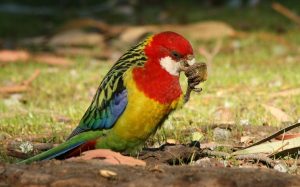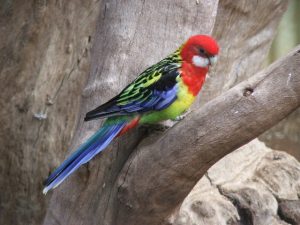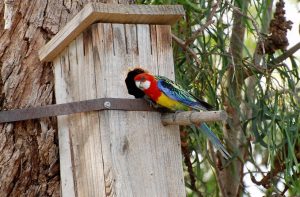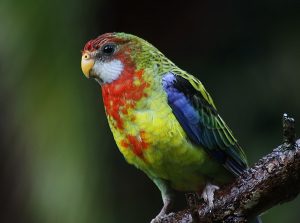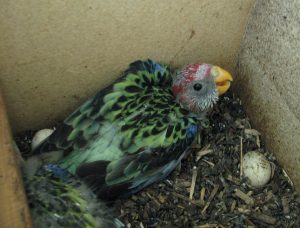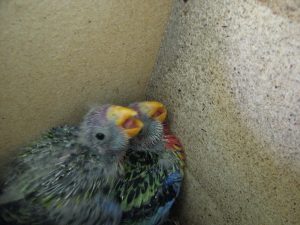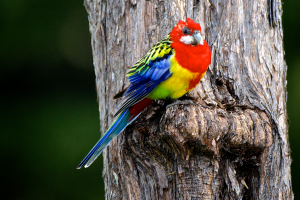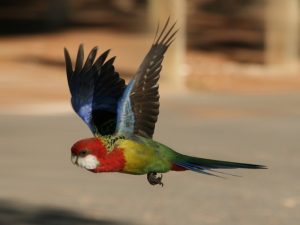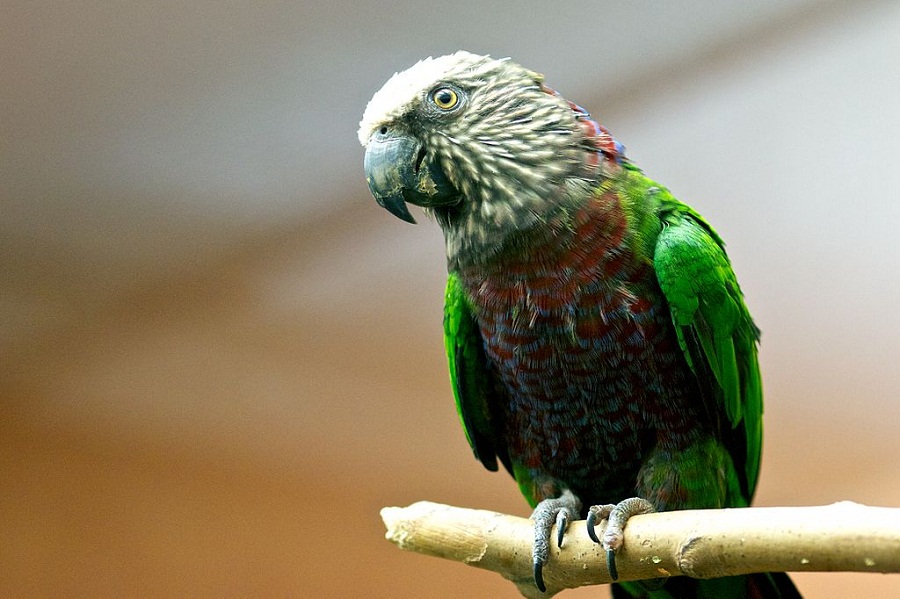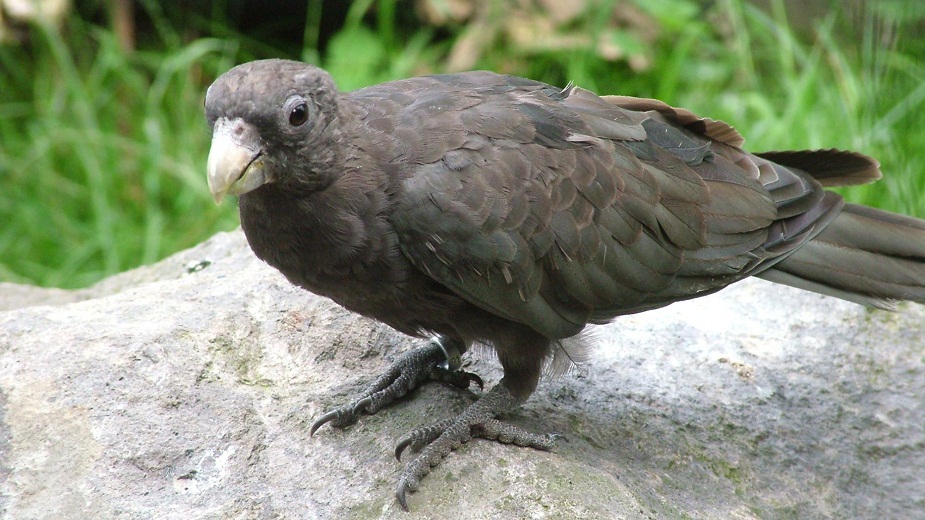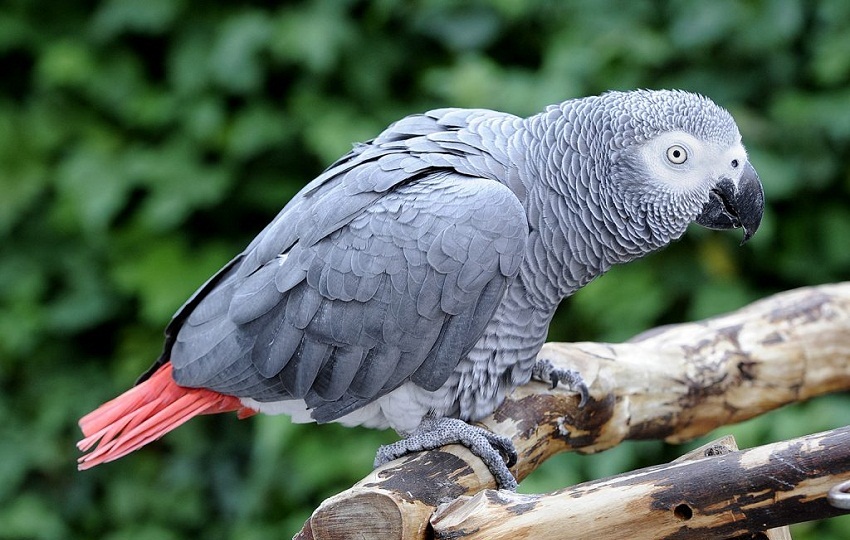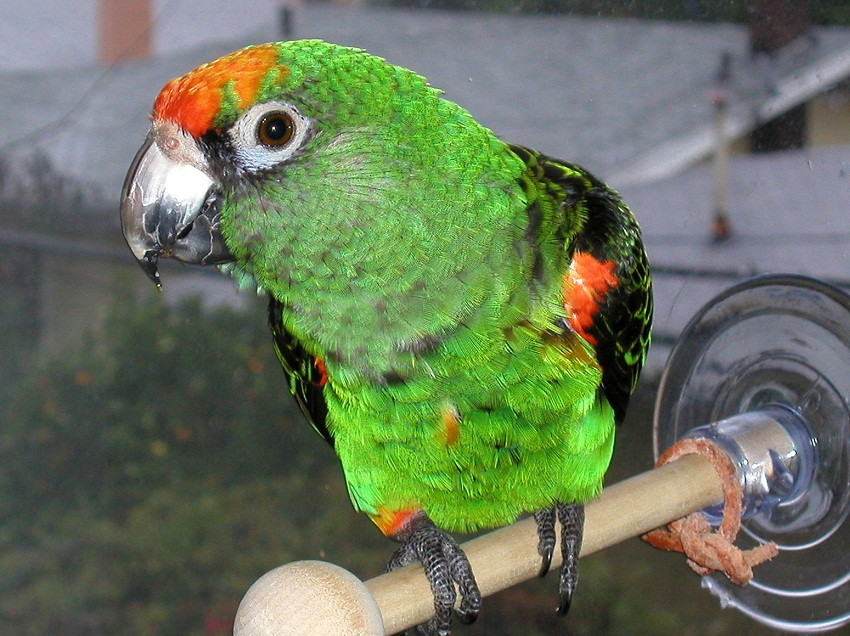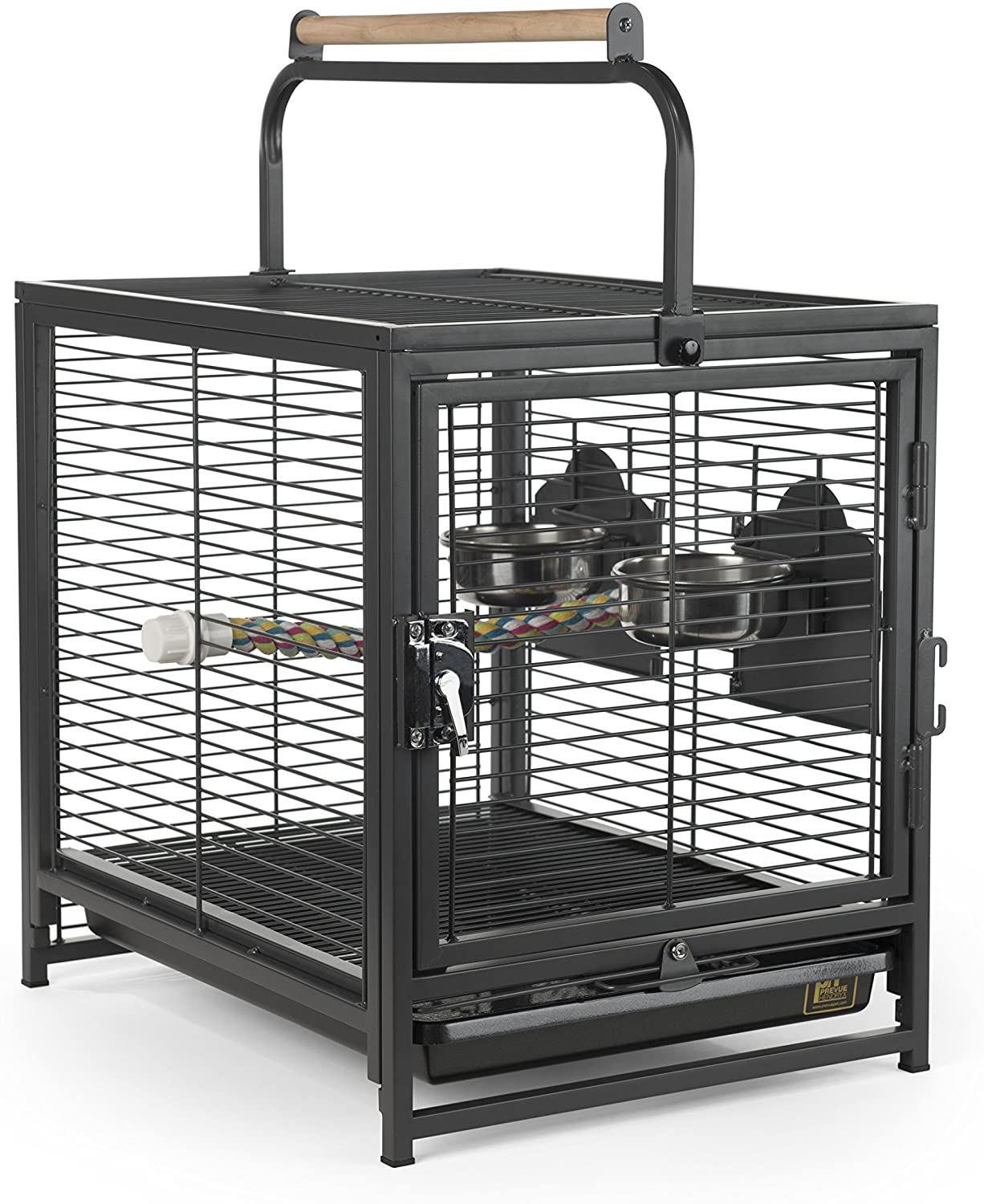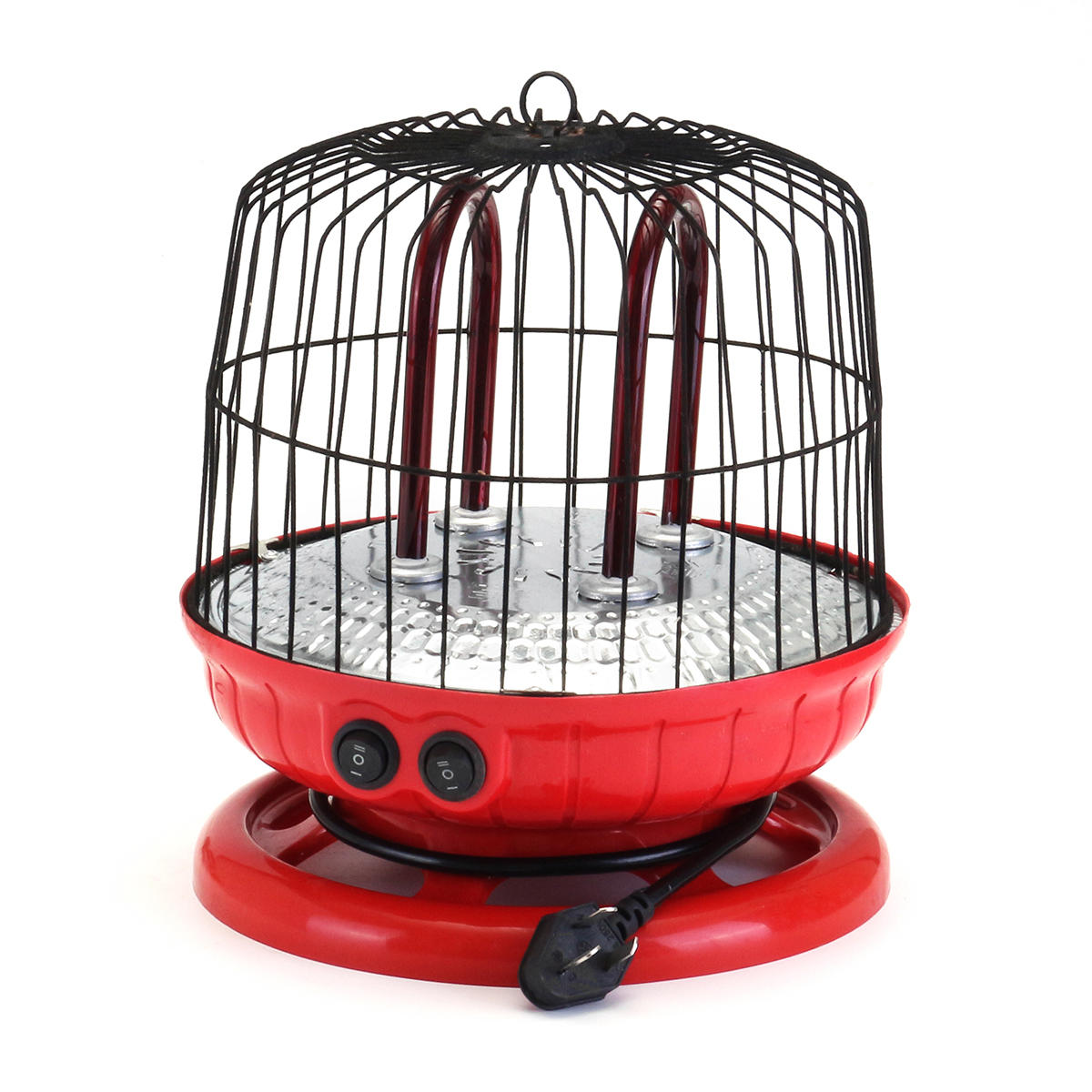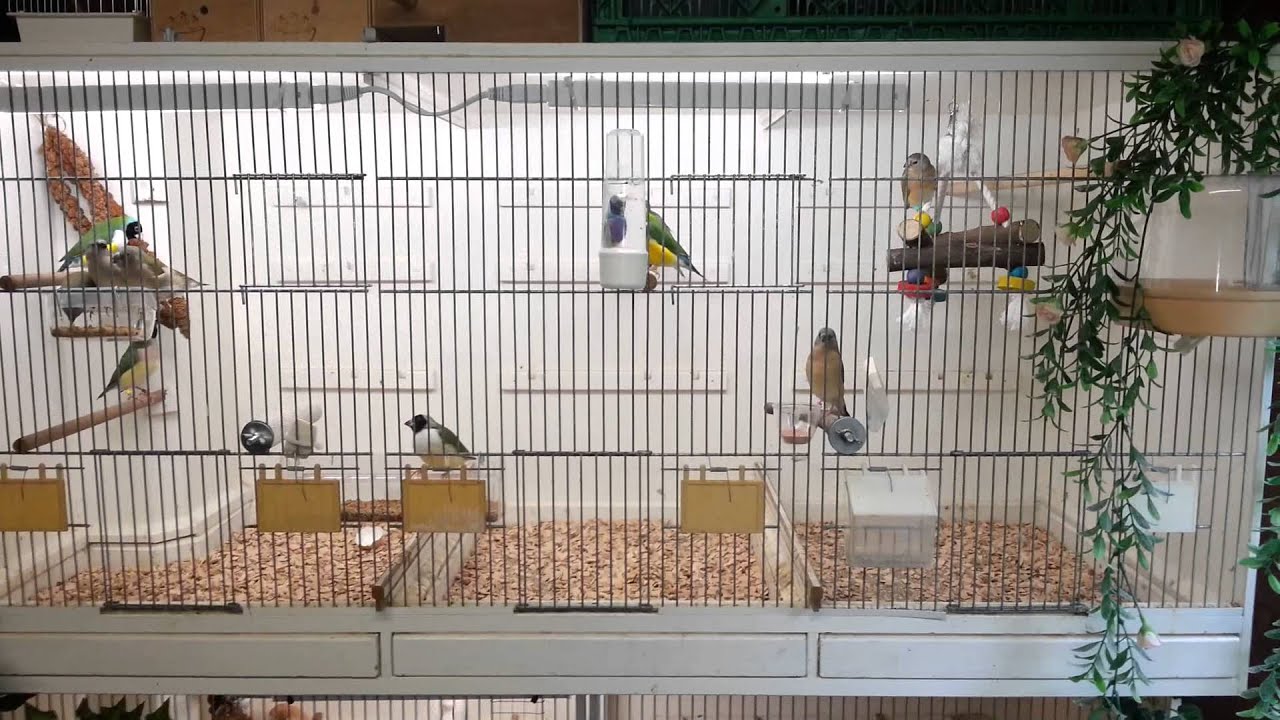Eastern rosellas are strikingly colored parrots found in eastern Australia down to Tasmania and its naturalized range in New Zealand.
Scientific Classification |
|
| Kingdom | Animalia |
| Phylum | Chordata |
| Class | Aves |
| Order | Psittaciformes |
| Superfamily | Psittacoidea |
| Family | Psittaculidae |
| Subfamily | Platycercinae |
| Tribe | Platycercini |
| Genus | Platycercus |
| Scientific Name | Platycercus eximius |
Quick Information |
|
| Also known as | Common rosella |
| Size | 12 inches in length |
| Weight | 3.5 oz |
| Color | Head, upper breast and tail coverts are red, white cheeks and beak; lower breast is yellow that fades into dull green near the abdomen, feathers of the shoulders and back are black with yellowish and greenish margins, bluish wings and lateral tail feathers and a dark green tail, grey legs.
Sexual dimorphism includes duller coloration for the females with an underwing stripe. Juveniles are duller even than females. |
| Distribution & Subspecies |
The bird has also become naturalized in New Zealand. |
| Habitat | Open forests, lightly wooded areas, gardens, woodlands, parks and bushy areas. |
| Sounds & Calls | Noisy bird other than during feeding, in roosts a ‘pi-pi-pi’ can be heard, while during flight they go ‘kwik kwik kwik’.
Alarm calls screechy and shrill. |
| Clutch | 2-9 eggs |
| Incubation period | 22 days |
| Fledging | 6 weeks |
| Breeding age | Females: 1.5 years, Males: 2-3 years |
| Breeding season | August to February |
| Lifespan | 15+ years |
| Diet | Flowers, seeds, fruits, and insects |
| IUCN Conservation Status | Least Concern |
Eastern rosella mutations
- Black
- Cinnamon
- Lutino
- Dilute
- Opaline
- Rubino
- Rubino #2
As pets
Although sometimes difficult to tame as a pet, hand-reared individuals have been known to become fine companion birds, and as such are much sought after, especially because of their attractive plumage. Let’s read a bit more into the nuances of having one as a pet:
Housing
Eastern rosellas love to flap their wings, thus necessitating a roomy cage, more wide than long. Ideal dimensions are 18’’X18’’X22’’. They are best kept in an open flight aviary with dimensions of 5 feet (wide) by 12 feet (long) by 6 feet (high) with plenty of wooden toys for their enrichment.
They do not mingle well with other birds and should be housed alone.
Temperature
They are a hardy bird and do not fuss much over varying temperatures.
Temperament
The eastern rosella does not enjoy being cuddled with and can get nippy when it is handled with in the wrong way. If you want it to be completely tame, you must interact with your pet as much as possible. Some individuals can never be fully tamed and turn out to still have the wild streak in them after years of being domesticated.
Feeding
Your pet eastern rosella can be given a small seed mix, in addition to being given a pelleted diet. Vegetables, fruits, cooked egg and fresh foods can be offered to the bird as well.
Care
Clean the food and water dishes every day, and provide fresh drinking water. Clean the perches and toys regularly. They like bathing, so you can use a mist-spray on your bird on a daily basis. Clip the nails every alternate month.
Health problems
The common illnesses that plague the eastern rosella are:
- Bacterial infections
- Aspergillosis
- Psittacosis
- Chlamydiosis
- Intestinal worms
- Proventricular worms
- Fatty liver syndrome
Regular visits to a veterinarian, a balanced diet, healthy living conditions and mental enrichment should be enough to keep most ailments at bay.
Price
Depending on the mutation, an eastern rosella can cost you $150 to $400.
Interesting facts
- The eastern rosella was named by English zoologist George Shaw.
- This bird can be found in flocks of up to 100 individuals in the wild.
Eastern rosella video
References:
- http://animal-world.com/encyclo/birds/parakeets/goldenmantle_eastern.php
- https://lafeber.com/pet-birds/species/rosella/
- http://www.petplace.com/article/birds/general/bird-profiles/choosing-an-eastern-rosella
- https://www.birdsinbackyards.net/species/Platycercus-eximius
- https://beautyofbirds.com/eastern-rosellas
- https://en.wikipedia.org/wiki/Eastern_rosella



